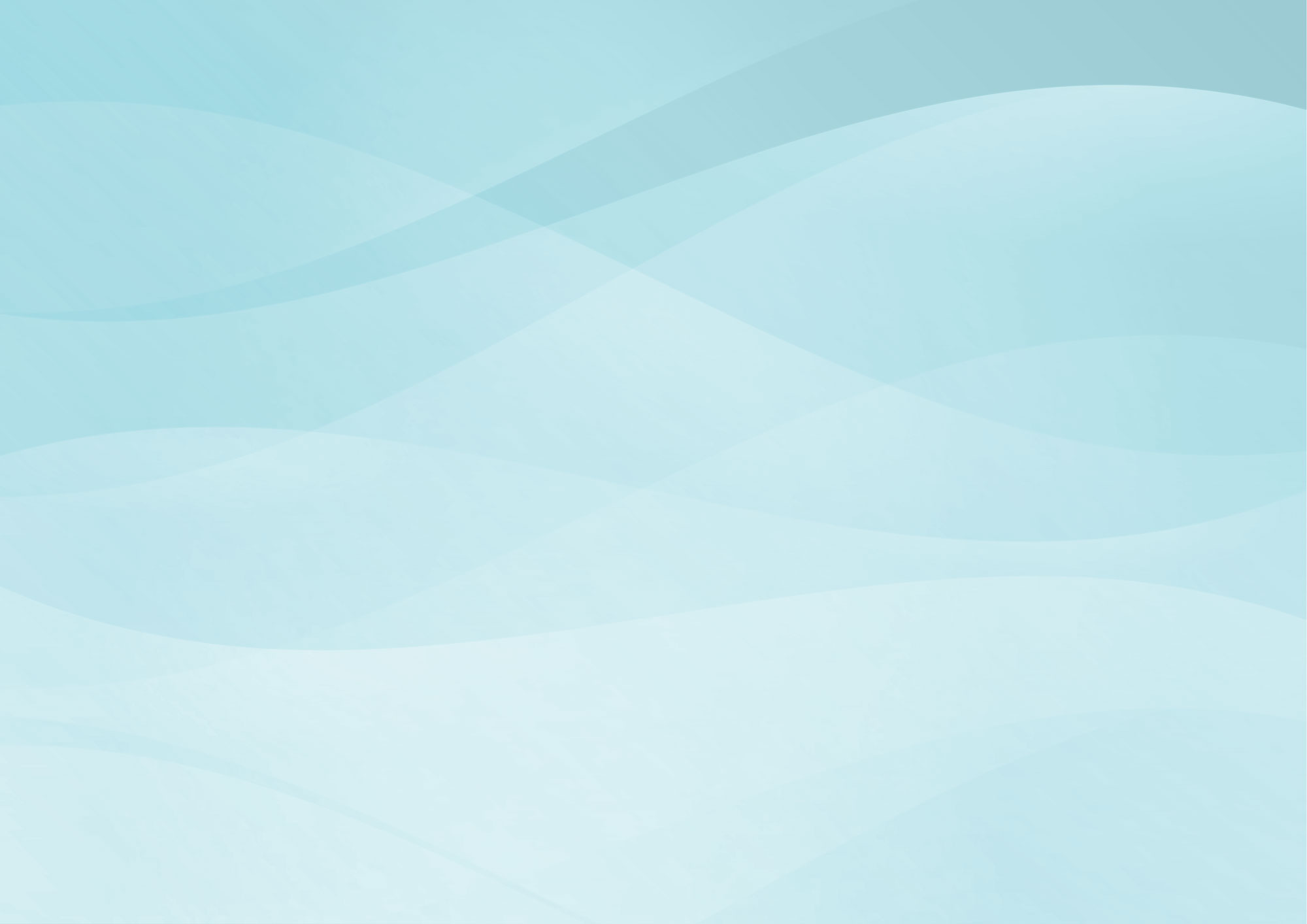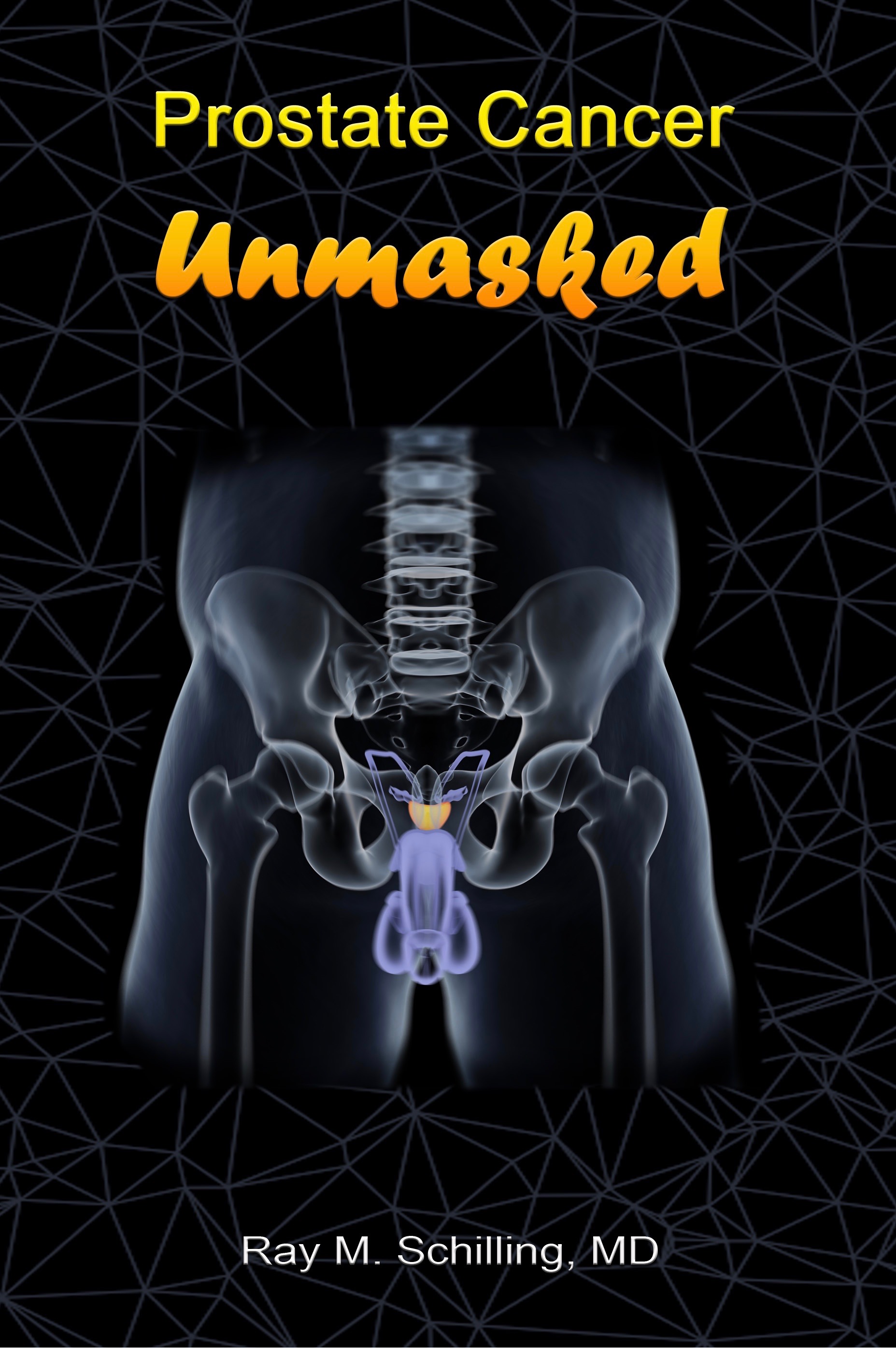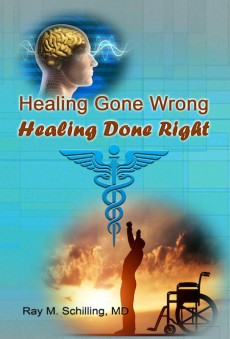In Puget Sound, Washington researchers found drugs in salmon. Juvenile Chinook salmon were tested for toxic compounds. The surprising fact was that researchers could find antidepressants, Tylenol, OxyContin, Benadryl, Prozac and Aleve (arthritis medication). Researchers could demonstrate many other drugs in the tissues of the fish. Outfalls of sewage-treatment plants often flow into the mouth of rivers near the ocean. But samples taken from the water of sewage treatment plants revealed more drugs. A surprising 81 different drugs and personal care items were present in fish tested for it. 45 of the fish tested showed high concentrations. Other drugs in salmon tested positive for Valium, Zoloft, Tagamet, Darvon, Nicotine, caffeine, fungicides, antiseptics, anticoagulants and antibiotics. These are not normal compound for fish to have in their system.
What do drugs in salmon mean?
Jim Meador, an environmental toxicologist at NOAA’s Northwest Fisheries Science Center in Seattle said: “The concentrations in effluent were higher than we expected. We analyzed samples for 150 compounds and we had 61 percent of them detected in effluent. So we know these are going into the estuaries.”
The researchers were not concerned about safety of humans consuming the fish. Rather they were concerned about the fact that fish were contaminated with human drugs. As a result they died at twice the rate in comparison to fish in other locations.
According to other studies about 97,000 pounds of drugs and chemicals enter Puget Sound every year. This is a man-made problem requiring human attention to remedy it.
Conclusion
Pollution is not only about lead and mercury. Human drugs and other chemicals can also pollute the oceans, particularly in the mouths of big rivers that spill into the oceans. Rivers often carry the effluent of sewage plants. Utility workers must find new ways to filter out these chemicals and drugs. This will make oceans safe again. But it may take decades to develop. However, local municipalities need to pursue this as a legacy to our children and grandchildren.







